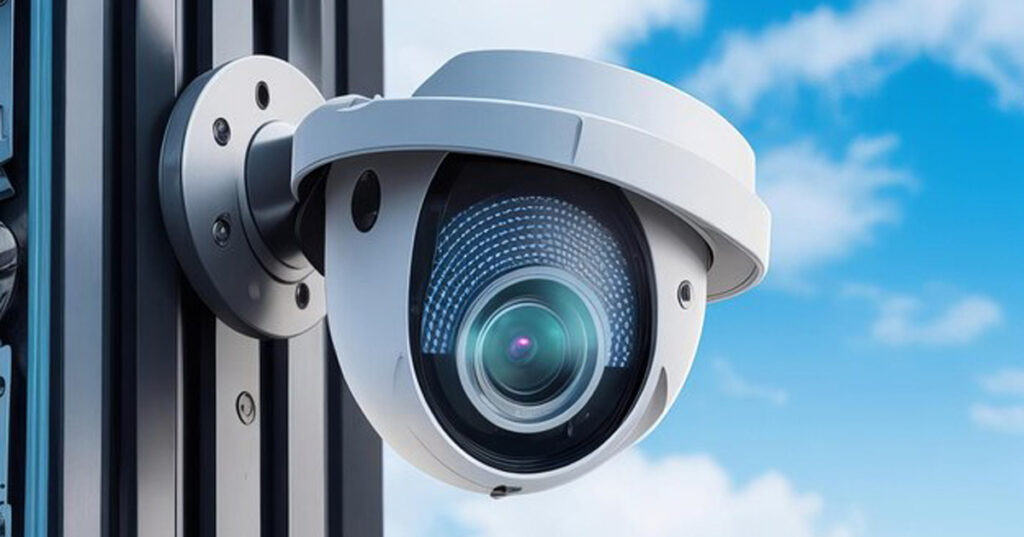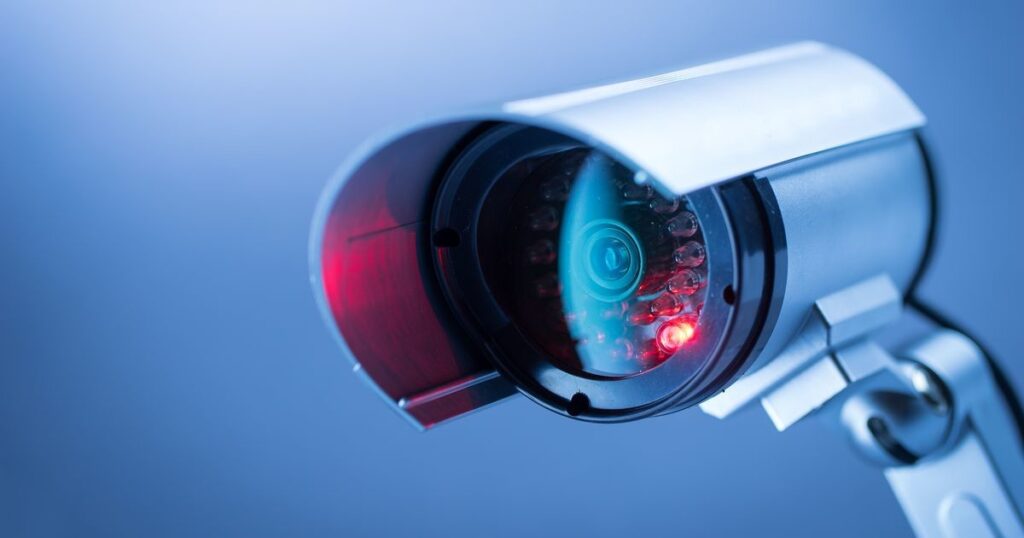Introduction:
In an era of rapid technological advancement, the landscape of Closed-Circuit Television (CCTV) surveillance is undergoing a transformation. From traditional analog systems to cutting-edge digital solutions, CCTV technology continues to evolve, driven by innovation and the demand for enhanced security measures. As we look ahead to the future of CCTV, exciting developments and emerging technologies are poised to revolutionize the way we approach surveillance. In this article, we explore the predictions and advancements shaping the future of CCTV, offering insights into the potential impact on security, privacy, and the broader technological landscape.
Artificial Intelligence and Machine Learning Integration
The integration of Artificial Intelligence (AI) and Machine Learning (ML) technologies is set to revolutionize CCTV surveillance. AI-powered video analytics algorithms can analyze vast amounts of surveillance footage in real-time, automatically detecting and alerting operators to suspicious activities or anomalies. From facial recognition and object detection to behavior analysis and predictive modeling, AI-driven CCTV systems offer unparalleled capabilities for threat detection and proactive security measures.
Advanced Biometric Identification
Biometric identification techniques, such as facial recognition and iris scanning, are poised to become integral components of future CCTV systems. By leveraging biometric data, CCTV cameras can accurately identify individuals in real-time, enhancing security and access control measures. From airports and border crossings to corporate campuses and public spaces, biometric CCTV solutions offer enhanced security while raising important ethical and privacy considerations that must be addressed.
Enhanced Resolution and Imaging Technologies
Advancements in imaging technologies, such as High-Definition (HD), Ultra-High Definition (UHD), and even 4K resolution, are driving significant improvements in CCTV camera capabilities. High-resolution cameras provide clearer, more detailed images, enabling operators to capture fine details and identify subjects with greater accuracy. Additionally, developments in low-light and night vision technologies ensure reliable surveillance even in challenging lighting conditions, further enhancing the effectiveness of CCTV systems.
Edge Computing and Cloud Integration
The proliferation of edge computing and cloud-based solutions is reshaping the architecture of CCTV surveillance networks. Edge computing allows for data processing to occur closer to the source, reducing latency and enabling faster response times for critical applications. Cloud integration, on the other hand, offers scalability, flexibility, and remote accessibility, allowing organizations to store and analyze vast amounts of surveillance data securely. Together, edge computing and cloud integration enable the seamless deployment and management of CCTV systems across diverse environments.
Internet of Things (IoT) Integration
The integration of CCTV systems with the Internet of Things (IoT) ecosystem is unlocking new possibilities for smart surveillance and automation. By connecting CCTV cameras with IoT devices such as sensors, alarms, and smart locks, organizations can create interconnected security networks that respond intelligently to environmental cues and security events. IoT-enabled CCTV systems offer enhanced situational awareness, predictive analytics, and real-time control, empowering organizations to proactively address security threats and operational challenges.
Privacy and Ethical Considerations
As CCTV technology continues to evolve, it raises important questions surrounding privacy, ethics, and data protection. The widespread adoption of facial recognition and biometric identification technologies raises concerns about individual privacy and surveillance abuse. Additionally, the use of AI-driven surveillance algorithms raises questions about algorithmic bias, transparency, and accountability. As we embrace the future of CCTV, it is imperative to address these ethical and regulatory challenges to ensure that surveillance technologies are deployed responsibly and ethically.
Conclusion
As we gaze into the future of CCTV surveillance, it’s evident that the landscape is undergoing a profound transformation driven by innovation and technological advancements. From AI-powered analytics and biometric identification to enhanced imaging technologies and IoT integration, the future of CCTV promises unprecedented capabilities for security and surveillance. However, as we embrace these advancements, it’s crucial to remain mindful of the ethical, privacy, and regulatory considerations that accompany them. By navigating these challenges thoughtfully and responsibly, we can harness the full potential of CCTV technology to create safer, more secure environments for all.


